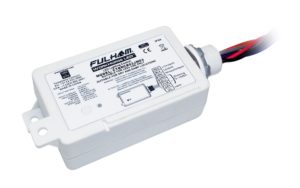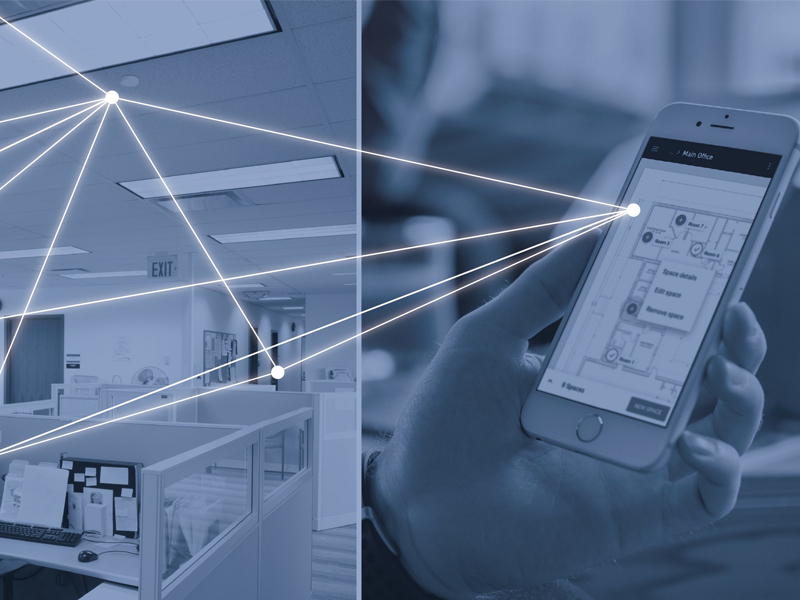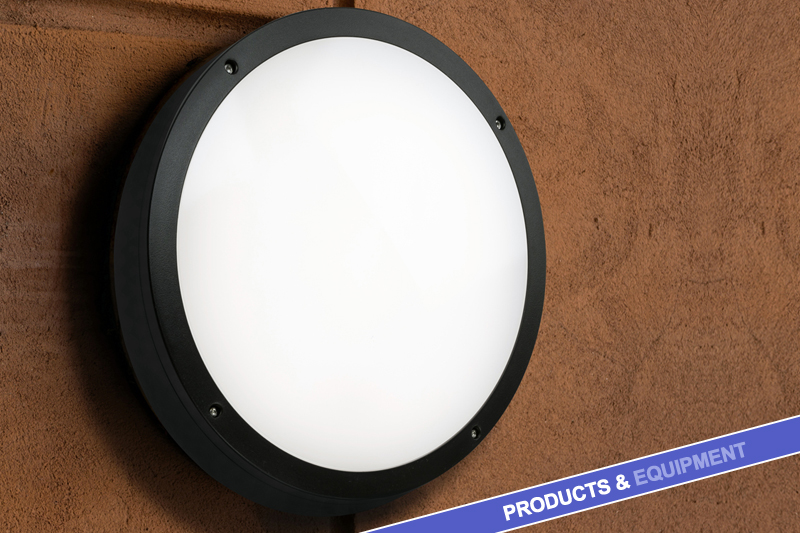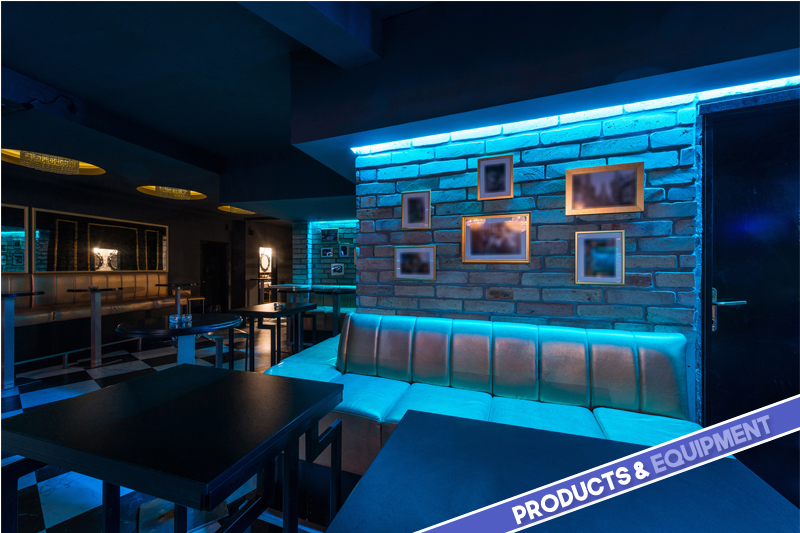The industry has been saying that smart lighting is going to become commonplace, which should be good news for Building Managers and wholesalers because intelligent lighting is the perfect platform for smart buildings. However, there are market realities delaying adoption of intelligent lighting. Russ Sharer, Vice President of Global Marketing and Business Development for Fulham, explains the new infrastructures that could enable smart buildings.
Luminaires make ideal endpoints for smart building systems. Consider that luminaires are the most prevalent electrical devices and they are evenly distributed to cover an entire building. LED luminaires have become more popular not only because LEDs save money, but they also are ideal nodes for building management networks, since LED power supplies are programmable. Manufacturers such as Fulham are already shipping “clever” LED components that can be programmed on site for light intensity, hue, and power consumption. For smart lighting, those luminaires need to be connected into a network capable of monitoring and managing luminaires.
Roadblocks
Wireless control standards such as ZigBee have been around for a long time, but they only support data traffic between a single manufacturer. To be effective, you want to support different types of data, including DALI for lighting and the Internet of Things (IoT) applications for building management. Variety and availability of product, allowing your customer to build around the needs of their client, enables you to stand out from the crowd.
Using wireless communications added to LED lighting components is the logical way to implement lighting and building controls. First consider that LED retrofits will outnumber new lighting installations for the next two decades as building owners install LED luminaires to save energy and reduce their carbon footprint.
Bluetooth
Bluetooth mesh is gaining acceptance as a viable communications platform for wireless control data. Bluetooth is a well-defined, open platform that offers guaranteed compatibility and interoperability. SIG-qualified Bluetooth mesh is robust with built-in failover, and it is readily scalable.
Perhaps the biggest advantage is Bluetooth mesh can handle any sort of two-way data traffic. Once installed, it can transmit control traffic for luminaires or building systems. For example, luminaire performance data can be received at the same time commands can be issued to manage light quality and power consumption.
Building management
Once installed, a smart, wireless luminaire system can be extended to support a variety of building management systems. For example, the same wireless luminaire sensors can be used to monitor room conditions, measuring occupancy or available light from windows to automate control of luminaires, and monitoring room temperature to control HVAC. The same system can transmit sensor data to monitor and manage other building systems.
Any Bluetooth device can be used for access and control, such as a laptop, tablet, smartphone, or you can even manage systems via the web. Since the LED luminaire nodes are localised, you also can use Bluetooth tagging to identify and track people or devices in the building. For example, Bluetooth tags can locate medical equipment in a hospital, or Bluetooth tags on corporate badges can manage building access.
However, to reach the next phase on the evolution of lighting and building controls we will need widespread acceptance of a common, open communications platform. Bluetooth mesh offers promise for the future, but as long as we have duelling industry standards we may have to wait for an accepted approach to intelligent lighting and smarter buildings.

FOR FURTHER INFORMATION
To learn more about Fulham Lighting, visit: www.rdr.link/WH019





